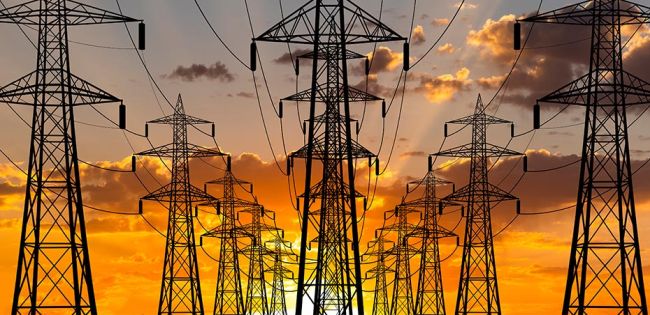- within Compliance topic(s)
- with Senior Company Executives, HR and Finance and Tax Executives
- with readers working within the Healthcare and Law Firm industries
The introduction of a new UK tax on renewable and nuclear electricity generators was confirmed in the recent Autumn Statement. Given the cost of funding the Energy Price Guarantee and the Energy Support Scheme, the introduction of such a tax had seemingly become inevitable.
As commentators have been quick to identify, the introduction of this new electricity generator levy risks undermining investor confidence, and curbing investment in new sustainable electricity generation, at a time when the UK needs to be investing more in these technologies. For their part, the government maintain that the levy will only apply to extraordinary profits and will not harm investment – so have they struck the right balance?

Which generators and technologies are in-scope?
- The levy will apply to renewables and nuclear in the UK.
- It won't apply to electricity storage.
- It won't apply to generators with a Contract for Difference.
- The levy will be assessed on a corporate group basis.
- The levy won't apply to corporate groups with annual generation of less than 100 GWh.
The levy calculation
45% of [Generation Receipts - Electricity Generation x Benchmark Price – Allowance]
- Generation Receipts = total receipts of a group from in-scope electricity generation.
- Electricity Generation = electricity generated from in-scope generation (in MWh).
- Benchmark Price = £75 per MWh.
- Allowance = £10 million per annum for the group.
Calculating Generation Receipts
This will be the most complicated aspect of the levy.
The government has said that the measure of revenue will cover revenue from all potential routes to market, including revenue from:
- electricity sales;
- accepted balancing market offers;
- the net impact of imbalance settlement; and
- gains or losses on financial derivatives used to hedge sales.
However, the government has said that revenue from Renewables Obligation Certificates and the Capacity Market will not be included (and one therefore assumes the same for Feed-in Tariff and REGOs).
The government has identified the complication of dealing with vertically integrated generators who sell their output to a downstream supply business, but the answer here could be difficult.
Timing
The levy will take effect from 1 January 2023, and will be set to apply until 31 March 2028.
Read the original article on GowlingWLG.com
The content of this article is intended to provide a general guide to the subject matter. Specialist advice should be sought about your specific circumstances.

